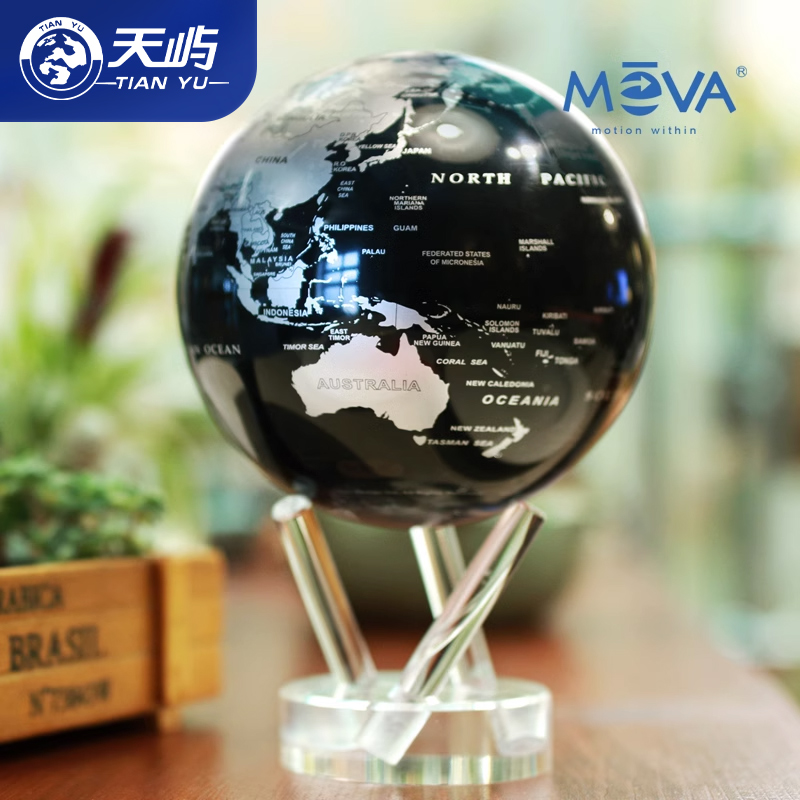地球仪与学习用品:培养孩子的全球视野
峎迥匞
2024-10-24 04:22:59
0次
地球仪与学习用品:培养孩子的全球视野
在当今全球化的世界中,培养孩子的全球视野和跨文化理解变得尤为重要。地球仪和学习用品是帮助孩子们开阔视野、了解世界的有效工具。本文将探讨如何利用这些工具来培养孩子的全球视野。
一、地球仪的作用
地球仪是一个三维的地理模型,可以直观地展示地球的各个部分。它能帮助孩子们了解世界的地理位置、国家和大陆的分布。通过转动地球仪,孩子们可以快速掌握不同国家和地区的相对位置,增强对地球的整体认知。
1. 增强地理知识:地球仪上的颜色、图案和标记可以帮助孩子们了解各地的气候、地形和人口分布。
2. 培养跨文化意识:通过观察不同国家和地区的分布,孩子们可以了解不同文化的地理位置和特点,从而培养跨文化意识。
3. 激发探索欲望:地球仪上的未知世界可以激发孩子们的好奇心和探索欲望,鼓励他们去了解更多关于世界的知识。
二、学习用品的辅助作用
除了地球仪,各种学习用品如地图、绘本、教科书等也是培养孩子全球视野的重要工具。
1. 地图:地图可以详细展示各地的地理、文化和经济信息,帮助孩子们深入了解不同国家和地区的特色。
2. 绘本:绘本以图像和文字相结合的方式,生动地展示世界各地的风土人情,有助于孩子们形成对世界的整体认知。
3. 教科书:教科书是孩子们获取知识的主要途径,其中包括世界各地的历史、文化、经济等信息,有助于孩子们建立全面的知识体系。
三、实际应用与活动
为了更好地培养孩子的全球视野,家长和老师可以组织一些与全球视野相关的活动。例如:
1. 全球地理知识竞赛:通过问答、填空等形式,让孩子们在竞赛中学习并巩固地理知识。
2. 世界文化体验活动:组织孩子们了解不同国家的文化习俗,如制作异国美食、学习异国舞蹈等。
3. 地球日活动:通过观看纪录片、讲座等形式,让孩子们了解地球的生态环境和保护地球的重要性。
四、翻译成英文: The Globe and Learning Supplies: Cultivating Children's Global Perspective In today's globalized world, it is particularly important to cultivate children's global perspective and cross-cultural understanding. The globe and learning supplies are effective tools to help children broaden their horizons and understand the world. This article will explore how to use these tools to cultivate children's global perspective. I. The Role of the Globe The globe is a three-dimensional geographical model that intuitively displays various parts of the earth. It helps children understand the geographical location of the world, the distribution of countries and continents. By rotating the globe, children can quickly grasp the relative positions of different countries and regions, enhancing their overall understanding of the earth. 1. Enhancing Geographical Knowledge: The colors, patterns, and marks on the globe can help children understand the climate, terrain, and population distribution of various regions. 2. Cultivating Cross-cultural Awareness: By observing the distribution of different countries and regions, children can understand the geographical and cultural characteristics of different cultures, thereby cultivating cross-cultural awareness. 3. Inspiring Exploration Desire: The unknown world on the globe can inspire children's curiosity and exploration desire, encouraging them to learn more about the world. II. The Auxiliary Role of Learning Supplies Besides the globe, various learning supplies such as maps, picture books, textbooks, etc., are also important tools to cultivate children's global perspective. 1. Maps: Maps can show detailed geographical, cultural, and economic information to help children deeply understand the characteristics of different countries and regions. 2. Picture Books: Picture books vividly show the customs and practices of different parts of the world through a combination of images and text, helping children form an overall understanding of the world. 3. Textbooks: Textbooks are the main source for children to acquire knowledge, including information on history, culture, economy, etc., around the world, helping children establish a comprehensive knowledge system. III. Practical Applications and Activities To better cultivate children's global perspective, parents and teachers can organize activities related to global awareness. Examples include: 1. Global Geography Knowledge Competition: Through questions and answer sessions, fill-in-the-blank exercises, etc., let children learn and consolidate geographical knowledge in competitions. 2. World Cultural Experience Activities: Organize children to learn about cultural practices in different countries, such as making foreign foods and learning foreign dances. 3. Earth Day Activities: Through watching documentaries, lectures, etc., let children understand the ecological environment of the earth and the importance of protecting it.相关内容
热门资讯
儿童学习必备:如何选择合适的地...
摘要:选择适合儿童的地球仪和文具至关重要,应考虑用途、尺寸、质量、精度和孩子年龄等因素。铅笔、橡皮、...
探索未知的地球:地球仪在科学学...
地球仪在科学学习中价值巨大,特别是地理教学和科学研究中。其以立体形式展示地球信息,可直观了解地理特征...
"为学习添彩:十种必选的学习用...
文章介绍十种必选学习用品,如铅笔、钢笔、彩色笔等,并探讨它们与地球仪的配合使用方法,如地图与地球仪印...
学习用品中的佼佼者:多功能地球...
本文为多功能地球仪的选购指南,重点从尺寸材质、功能特点、精确度和质量、品牌价格等方面介绍如何挑选。地...
"科技与传统并存:10款顶级学...
科技与传统结合,10款学习用品与地球仪搭配,如电子书、平板、智能笔等,提供直观、互动的地理学习体验,...
探索地球奥秘:从学习用品到地球...
旅程探索地球奥秘:从学习用品至地球仪,深入发现未知,了解地形、气候和地球运行规律,挖掘无尽奥秘。地球...
地球仪:探索世界的窗口
地球仪作为探索世界的窗口,不仅提供地理信息,还是教学和艺术创作的宝贵资源,并在日常生活、旅行规划、商...
探索学习用品的新世界:地球仪与...
本文探讨了地球仪的魅力、在日常生活和教育、旅游、科研等领域的作用及未来发展。地球仪作为学习用品,融合...
学习者的好助手:全面了解学习用...
文章概述了学习用品如文具和电子设备的重要性,以及地球仪在了解地理环境方面的作用。学习用品可提高学习效...
环保学习用品:绿色生活从我做起
摘要:环保学习用品指采用环保材料制成的、对环境影响小的学习用具。选择环保学习用品可保护环境、培养环保...



